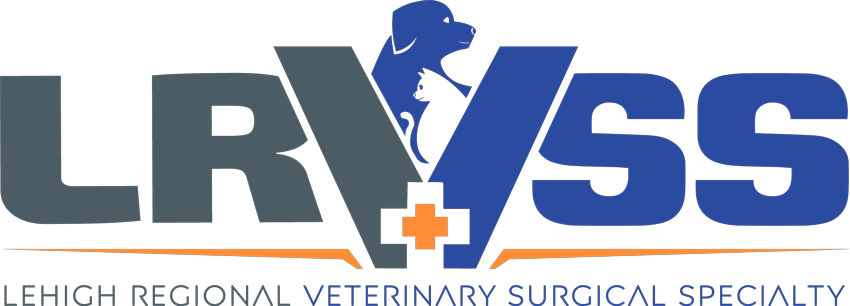We hear lots of anesthesia-related questions at LRVSS.
Most are great questions. Some are based on complete myths, that we would like to debunk.
Let’s go over 2 more common concerns.
To read about the 3 myths we discussed last month, click here: https://lrvss.com/anesthesia-myths-and-urban-legends/

Myth #4: “I heard that lifespan is decreased with each anesthesia”
Of course, there is always a risk with anesthesia (see actual numbers below).
But think about it this way: there are very, very few things vets would do to their patients to voluntarily and consciously decrease their lifespan.
After all, our job, our mission, our entire lives, are dedicated to doing the exact opposite: increase their lifespan, their healthspan, and their happiness.
Certainly, if anesthesia were done without IV fluids, without using the smallest possible dosages, and without careful monitoring, then sure, it could put a pet’s health at risk, in particular their kidneys and liver.
But that’s not how we run anesthesia at LRVSS, or how it’s performed in most modern practices!

Myth #5: Anesthesia is Risky
Here is a fact too few pet lovers are aware of. Anesthesia itself is NOT the riskiest time.
The riskiest time, i.e. to be blunt, when a pet is the most likely to die, is AFTER anesthesia is over, while they are in recovery.
Surprising, right?
In fact, HALF of anesthetic deaths occur after anesthesia is over.
A huge British study looked at anesthesia episodes in almost 100,000 dogs and 80,000 cats. These are incredibly large numbers in the veterinary field, which gives a lot of validity to the results.
Here is the main conclusion: the risk of dying after anesthesia or sedation is 0.17% in dogs and 0.24% in cats.
Keep in mind that these patients include the absolute healthiest and the absolute sickest ones.
Sure, these numbers are not zero, but they are remarkably low. The risk of death is a fraction of 1%.
So, because a patient is out of the OR doesn’t mean that we’re out of the woods.
This is the reason why our anesthesia nurses take anesthesia so seriously, from the first second to the last, and beyond, during the entire recovery process.
If you would like to learn how we can help your pet with safe surgery and anesthesia, please contact us through www.LRVSS.com
Never miss a blog by subscribing here: www.LRVSS.com/blog
Phil Zeltzman, DVM, DACVS, CVJ, Fear Free Certified
www.LRVSS.com
